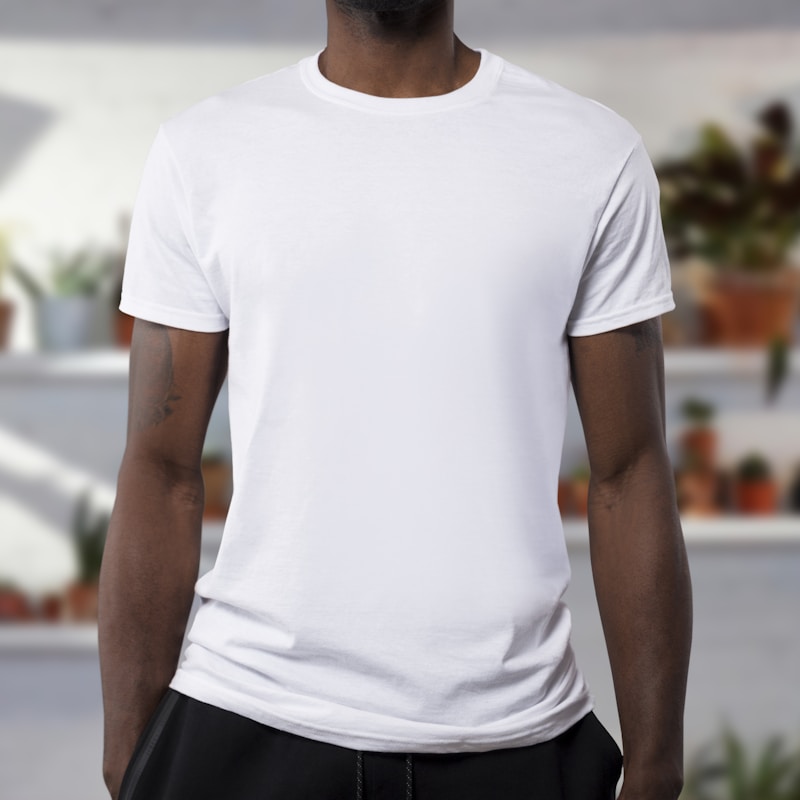Unlocking the Secrets of Perfect Fit Techniques: Achieving the Ideal Fit in Fashion and Beyond
What are Perfect Fit Techniques?
In the world of fashion, achieving the perfect fit is paramount. Perfect Fit Techniques encompass a variety of methods and practices aimed at ensuring garments flawlessly conform to the body. This article delves into the significance of these techniques, the various approaches used by fashion designers and tailors, and offers tips for anyone looking to enhance their clothing fit.
Why Perfect Fit Matters
The value of perfect fitting clothing extends beyond mere aesthetics; it influences comfort, confidence, and personal style. Properly fitted clothing can enhance an individual's appearance, making them look polished and put-together. On the contrary, poorly fitting garments can lead to discomfort and embarrassment.
Additionally, perfect fit techniques can significantly reduce garment returns in the retail industry, saving businesses time and money. With the rise of online shopping, where customers cannot try on clothes before purchase, the importance of perfect fit techniques has only increased.
Common Perfect Fit Techniques
There are several techniques utilized by both professionals and amateurs aiming to achieve the perfect fit. Here are some of the most popular:
1. Measurement Techniques
Accurate measurements are fundamental to perfect fitting. This process involves taking precise body measurements, including bust, waist, hips, inseam, and shoulder width. Professional tailors often employ methods such as:
- Body Scanning: Using technology to capture the exact dimensions of a person’s body for customization.
- Fit Models: Employing models of various sizes to assess how garments fit in a real-world scenario.
2. Adjustments and Alterations
Even with the most accurate measurements, garments may still require adjustments. Common alterations include:
- Tapering: Adjusting the fit of pants or sleeves to be narrower.
- Letting Out or Taking In: Modifying the seams to either increase or decrease the garment's size.
3. Pattern Drafting
Pattern drafting is a method where designs are created based on measurements and body contours. By making adjustments to the pattern before cutting the fabric, it ensures a higher likelihood of achieving the perfect fit.
4. Fabric Selection
The choice of fabric can also affect fit. Stretchy materials like spandex can provide a better fit without the need for tight tailoring, while stiffer fabrics may require more precise fitting techniques.
Related Perfect Fit Techniques Terms
When researching perfect fit techniques, it can be helpful to explore related concepts. Here are some terms that frequently come up:
- Fit Assessment: Evaluating how well a garment conforms to the body.
- Tailoring: The art of making clothing more fitted through adjustments.
- Custom Clothing: Garments made according to an individual's specifications.
Additional Resources
For those interested in delving deeper into perfect fit techniques, there are countless resources available. Consider exploring books on tailoring, online classes, and workshops that focus on pattern making and fabric knowledge. Each of these resources can provide valuable insights and practical skills to improve your fitting techniques.
| Perfect Fit Techniques Overview | Description |
| Measurement Techniques | Accurate measurements using tools and technology to capture dimensions. |
| Adjustments and Alterations | Modifying garments post-construction for a better fit. |
| Pattern Drafting | Creating a pattern based on measurements to ensure a perfect fit before cutting fabric. |
| Fabric Selection | Choosing materials that can enhance or hinder fit. |

Implementing Perfect Fit Techniques in Your Wardrobe
Now that we understand the essence of perfect fit techniques, how can you implement them in your wardrobe? Here are some steps to follow:
1. Measure Yourself
Begin by learning how to accurately measure yourself or ask a friend to assist you. Invest in a quality measuring tape and follow measurement guides available online. Record your measurements for easy reference when shopping or having garments tailored.
2. Understand the Brands
Different clothing brands cater to various body types. Research brands that align with your body shape and take note of their sizing information. Many brands offer a size chart that correlates body measurements to their sizes. This step can save you from the frustration of poor fit when shopping online.
3. Choose Custom or Tailored Options
If you frequently struggle to find off-the-rack clothing that fits well, consider investing in custom or tailored options. Tailors can make garments that fit your measurements precisely, ensuring a stylish and confident appearance.
4. Don’t Hesitate to Tailor
When purchasing a garment that almost fits perfectly, consider visiting a tailor for minor adjustments. A small investment in alterations can enhance the longevity and overall look of your garment.
Conclusion
In summary, perfect fit techniques play a crucial role in enhancing the way we dress and express ourselves. By understanding the importance of measurements, adjustments, and the right fabric, you can elevate your wardrobe. Embracing these practices not only boosts your confidence but also contributes to sustainability by investing in quality garments that fit well and last longer. Remember, the ultimate goal is to feel comfortable and confident in what you wear. Whether you are a fashion novice or a professional, the pursuit of the perfect fit is a journey worth taking.
As you explore perfect fit techniques, always be open to learning and adapting. Each body is unique, and finding what works best for you will make a significant difference in achieving the ideal fit. Happy fitting!